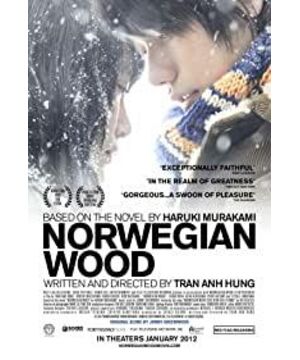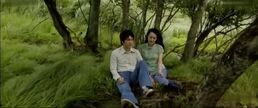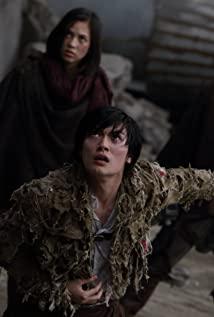The forests of Norway are forests of people, and we are the lost children in them. Haruki Murakami buried a huge metaphor in it, but revealed a bunch of realistic symbols in front of us. Maybe it's difficult for the movie to reproduce the sadness of the memorial that permeates the book, but this time, the description of the movie didn't disappoint me too much. On many occasions, he has focused on endless meadows, gloomy mountains, vast white snow, and labyrinthine forests, all of which have captured that neurotic pulsation precisely. He did not use the approximation of reality in "Tricycle Man" before, nor did he use the graceful soothing of "Smell of Summer". The green of the plants in the close-up, foreground, and far-sighted images of his images is full and full, and when the wind blows, it seems to have jumping soothing jazz tones. Those oriental women walked slowly in the carefully conceived picture, and the imprint of time was particularly clear. This style is transformed into nostalgia and reminiscence in "Norwegian Wood". Even though many Haruki fans who have a paranoid love for the original book have repeatedly claimed that the movie has broken their fantasy of Naoko, the image does faithfully express that Naoko-like temperament.
Are you still speechless after watching the movie? Will it still be unreasonably sentimental? Is it still inexplicably lonely? Yes, think about it, when you are sad, sentimental, and lonely, it is like that rainy night at the age of seventeen, and the sadness reaches the sky.
However, what do we get back to our youth?
View more about
Norwegian Wood reviews











